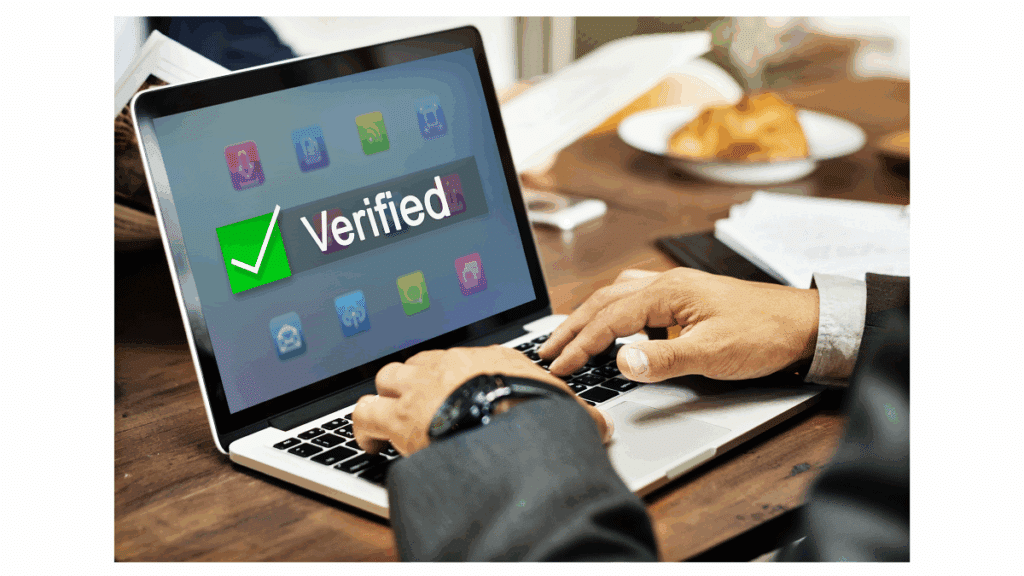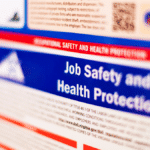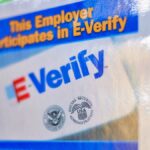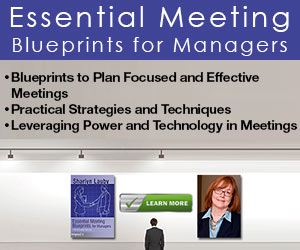Estimated reading time: 5 minutes
(Editor’s Note: Today’s article is brought to you by our friends at Poster Guard® Compliance Protection Service, a division of HRdirect, and the leading labor law poster service that gets your business up to date with all required federal, state, and local labor law postings, and then keeps it that way — for an entire year. Enjoy the article!)
All U.S. employers are required to complete Form I-9 whenever they hire someone under the Immigration Reform and Control Act (IRCA). Basically, Form I-9 verifies two things:
- The new hire’s identity. Meaning the person is who they say they are. And,
- The new hire is eligible to work in the United States.
You might remember that back in 2023, a new Form I-9 was released. Well, guess what? The U.S. Citizenship and Immigration Service (USCIS) released another new version this year. Employers will want to check the expiration dates on their forms to ensure compliance and put a plan in place to transition to the new version.
Now some of you might be looking at the title of today’s article and asking yourself, “What does the Form I-9 have to do with E-Verify?” Well, E-Verify is an internet-based system that compares the information on an employee’s Form I-9 with records available to the U.S. Department of Homeland Security (DHS) and the Social Security Administration (SSA).
While using E-Verify is voluntary for most businesses, organizations with government contracts might discover that E-Verify is a contract requirement. In addition, some states are passing legislation requiring organizations to use E-Verify. For instance, my state (Florida) passed a law requiring private employers with at least 25 employees to use E-Verify. This might not matter if you don’t have employees in Florida, but in doing some research I discovered that 27 states have some sort of E-Verify requirement.
In addition, there’s a new Illinois law that requires employers who use E-Verify to display a poster indicating such in addition to their other required posters. So, with the change in Form I-9, coupled with state legislations requiring E-Verify, this could be a perfect time for organizations to look at their processes.
For employers not currently using E-Verify:
Given the update to Form I-9, this could be a good time to consider adding it to your process. There are two good business reasons for adding E-Verify to your existing process: compliance and administration.
Compliance. E-Verify helps employers reduce the risk of hiring individuals who are not authorized to work in the U.S. through the employment eligibility check. It includes a photo matching option that allows employers to compare the photo provided by the individual when certain documents (i.e., from List A such as a resident card or passport) are presented for verification. This allows employers to establish a rebuttable presumption that they have a system in place to prevent hiring individuals who are unauthorized to work.
Administration. E-Verify allows employers to utilize Form I-9 software and eliminate manual data entry – saving time, money, and potentially reducing data errors. This also provides organizations with the ability to monitor document expiration dates to ensure compliance. This electronic system would make it easier to store and maintain documentation. And should the organization ever find themselves in an audit situation, they would be able to respond in an effectively and efficiently.
For employers currently using E-Verify:
First and foremost, make sure that you’re in compliance. This includes labor law posting requirements. Organizations that use E-Verify are required to provide job applicants with access to the latest E-Verify and Right to Work posters. In addition to applicants and candidates, employees must be able to see the postings as well. These postings must be displayed in both English and Spanish in a prominent location that is clearly visible to prospective employees and all employees, including those hired to work remotely who will have their employment eligibility confirmed with E-Verify.
If you’re not sure if your postings are current OR you would like an easier way of managing your postings, our friends at Poster Guard offer two posting services related to E-Verify and Right to Work.
- The E-Verify Poster Service provides the posters that every employer participating in the E-Verify program must display.
- There’s also an add-on E-Verify Posting Service for online job applicants, since they must be able to see these postings.
It’s an electronic service that, for 12 months, is updated in real-time as regulations are changed. And it’s bilingual (English and Spanish). Like all of Poster Guard’s services, it comes with a 100% guarantee that the posters are compliant.
Regardless of whether you’re currently using E-Verify, there are times when labor law changes should prompt us to look at the entire process and not just one step. I think this is one of those moments.
The change to Form I-9 is an opportunity to make sure that the organization is in compliance with both Form I-9 and E-Verify. Organizations can confirm they have the most current forms and the required postings. And if there are opportunities to partner with a company like Poster Guard, this shifts the organization’s compliance strategy from being reactive to proactive.
If the organization hasn’t adopted E-Verify, now is the time to have a conversation. Services like E-Verify are designed to protect employers and employees. Employees know that the organization is following the law by hiring individuals who are authorized to work. And employers know that they’re hiring someone who is authorized to work.








